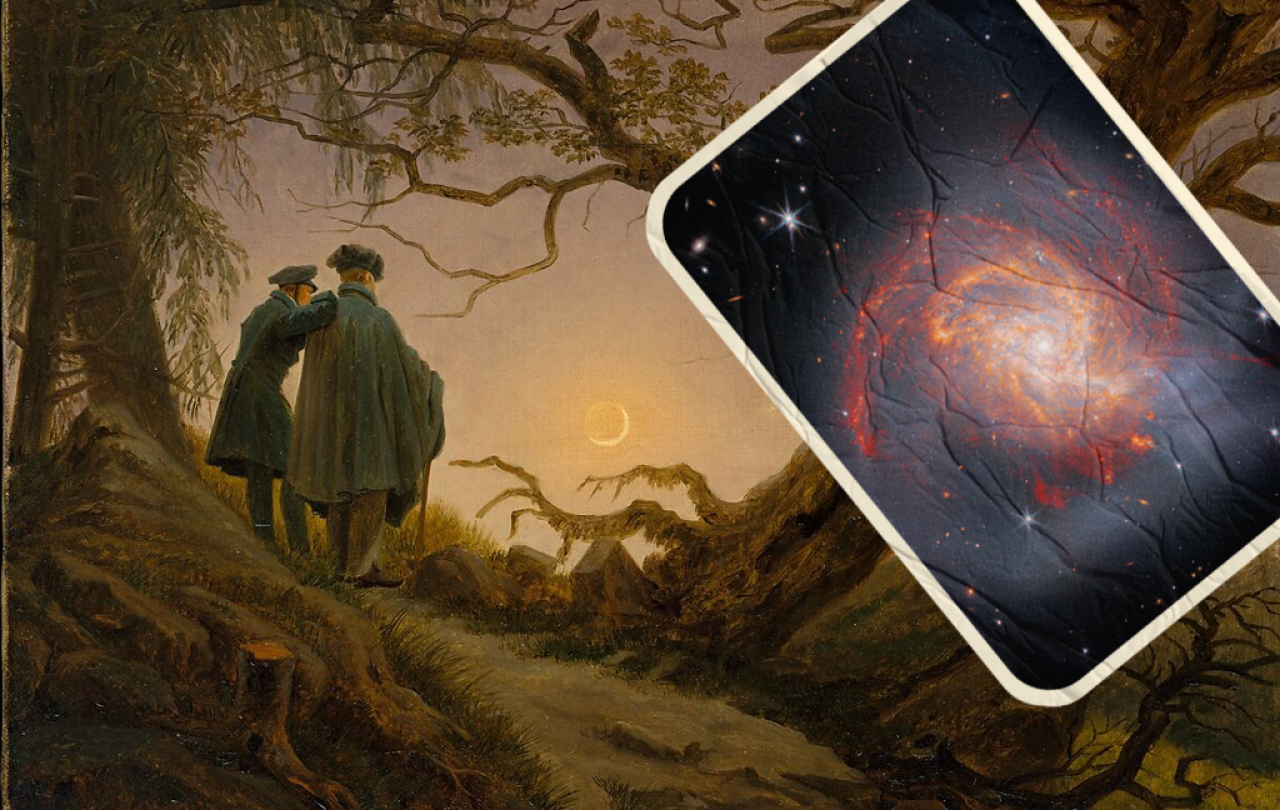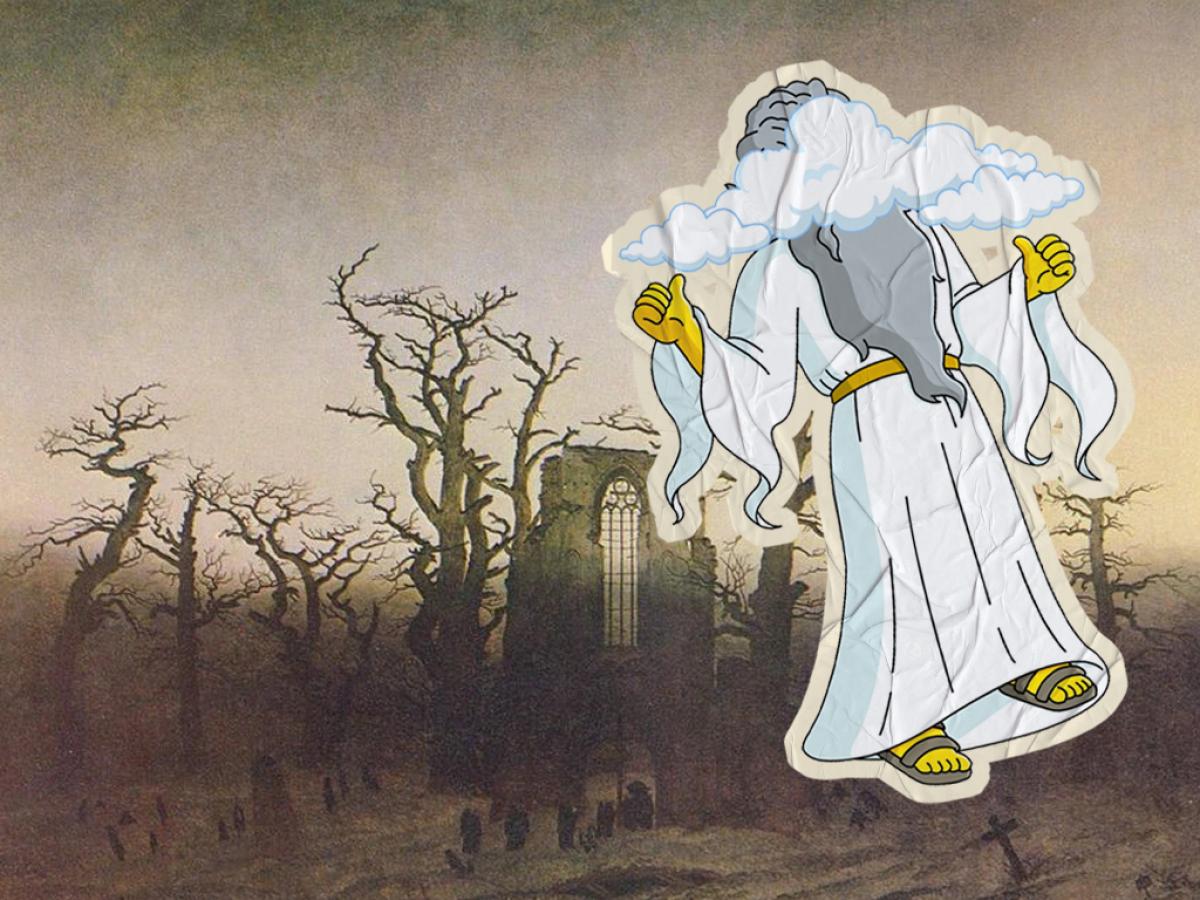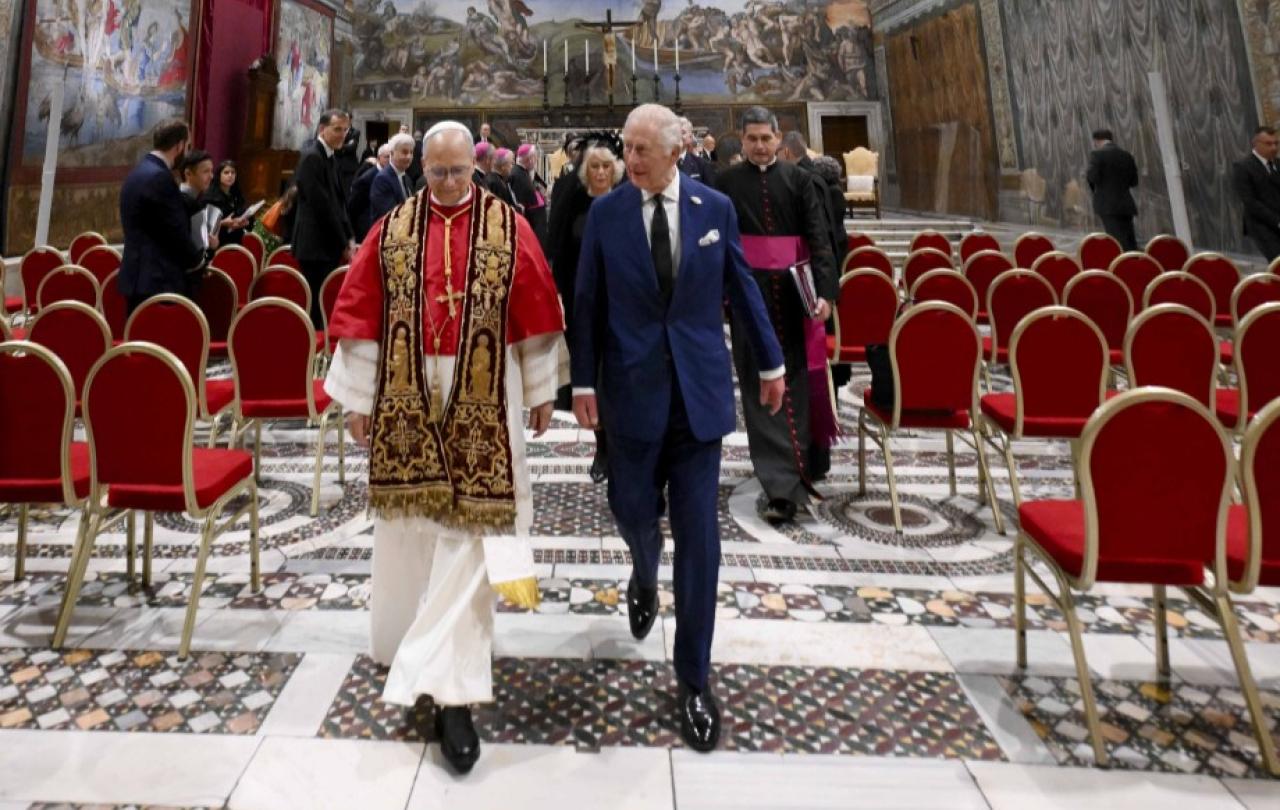
My name is Stefani. I was a committed atheist for almost my entire life. I studied religion to try to figure out how to have spiritual fulfillment without God. I tried writing books on spirituality for agnostics and atheists, but I gave up because the answers were terrible. Two years after completing my PhD, I finally realised that that’s because the answer is God.
Today, I explain how and why I decided to walk into Christian faith.
Here at Seen and Unseen I am publishing a six-article series highlighting key turning points or realisations I made on my walk into faith. It tells my story, and it tells our story too. Read part 1 here.
____
“Idiots,” I mumbled under my breath.
I was fourteen. I was in the local library, spending the day with a stack of books about evolution. I walked past a conference room where a small group church meeting was taking place.
“Idiots,” I grumbled again, a little louder this time.
Rage began to simmer in my blood. Religious people swore allegiance to an invisible entity for which there was absolutely zero evidence—actually, that demanded their fealty against evidence! It made me so mad. I was studying science because we needed to stick to the facts! If society was to move forward, we needed to leave our religious superstitions where they belong… in the past.
Twenty years and a PhD in Religion & Science later, I cringe at what I used to think and feel. I’m not upset with my former self—it wasn’t my fault. But today, instead of fighting in the war between religion and science, I am fighting to end it.
Here’s what I learned that changed my life.
Science came from Christian Theology
Many assume science and religion have always been at odds. But science grew out of the soil of Christian thought.
To medieval Christian thinkers, nature was God’s Creation. They studied nature to glorify God and to nurture their own spiritual health. As William of Auvergne put it in the 13th century, studying the “book of Nature” led both to “the exaltation of the creator and the perfection of our souls.”
They also saw God as an all-knowing, all-powerful source of Order. This predisposed them to look for overarching, universal patterns that would later become known as natural laws.
Contrary to the common assumption that medieval thinkers were dogmatic, they were extremely humble about their truth claims, because they compared their ability to know to God’s and found themselves wanting. So when Aristotle’s systematic methods of observing nature were re-introduced to Europe in the 12th century, they seized the opportunity to enhance the rigour of their studies. As they began implementing Aristotle’s techniques, they realised they could combine them with the Platonic mathematics they had already been using for centuries. This was a powerful combination that resulted in uniquely accurate theories and predictions. It illuminated just how much Order there was to Nature—in fact, more than ever previously demonstrated. It also provided a way to formalise the study of Nature into the methods we today recognise as science.
It is often said that over the next few hundred years scientists (then called “natural philosophers”) fought against the Church for the sake of science (“natural philosophy”), but this is an anachronism. Philosophers did begin to debate the best sources of knowledge. There were some major conflicts. But the vast majority of these people continued to study nature as a way to know and glorify God as its Creator.
Huxley and others also re-wrote the history of science to make it seem like it had always existed and been conducted by freethinking naturalists challenging the religious status quo.
Shots fired!
The supposed conflict between “Religion” and “Science” only really emerged about 150 years ago. In Victorian England it was becoming increasingly acceptable to criticise the church. Most wanted to reform it, but a few began to want to defeat it entirely.
At the same time, various areas of natural philosophy were proliferating into specific disciplines becoming known as “sciences.” Some people, including influential scientist and public intellectual Thomas Huxley (who hosted an exclusive dinner club for advocates of naturalism called the X Club), saw this as an opportunity to discredit religion.
One strategy was to unite the growing pool of various scientific disciplines under the umbrella of a singular “science” that could be defined as oppositional to religion. Science was rational, so religion became irrational. Science embraced facts, so religion entertained superstitions. Science honoured truth, so religion enabled wishful thinking. The success of theories such as evolution helped lend credence to such claims. These naturalists began to argue that science doesn’t just disprove specific notions (such as that the Earth is 6,000 years old) but all beliefs in the life beyond entirely.
Huxley and others also re-wrote the history of science to make it seem like it had always existed and been conducted by freethinking naturalists challenging the religious status quo. In Evolution and Ethics Huxley declared, for example, that “’scientific naturalism took its rise among the Aryans of Ionia.” And he described naturalism as appearing wherever in history “traces of the scientific spirit” were visible.
Finally, Huxley used his considerable influence both in the UK and the USA to push religion and religious people out of the sciences. As a member of the Devonshire Commission and having several other prestigious roles and memberships throughout his career, he strategically placed his naturalistic protégés in influential university positions, and he re-wrote science textbooks and exams to exclude religious ideas, motivations, and people. In a very short amount of time, Huxley and others succeeded at pushing religion to the margins of the sciences (not entirely of course, but enough to make a difference) and making it seem anti-science.
Overcoming rage and hate with humility
I used to think that religion was silly and weak. I thought this view was rational, and I was intellectually superior because of it. I now know I only had these perceptions because I was born into a specific worldview in part manufactured by Huxley and others. By the same token, many fundamentalist religious people—while influenced by many sociopolitical factors—are anti-science in part because their forebears were derided as irrational and intentionally alienated from the sciences.
Both “sides” of this supposed war have inherited simplified views of one another and are taught to fear and to hate. Without learning this history, most never realise what has biased their enemies--or themselves. And virtually everyone in our society carries misperceptions about there being some kind of intrinsic conflict. When I tell people I have a PhD in the relationship between Religion and Science, most laugh and say: “but is there one?!”
There is, and it was once beautiful and harmonious.
The truth is that science is a way of investigating the order of nature, which can be done with or without belief in God. Today, many scientists eschew faith, but many others continue in the medieval tradition of studying Nature as God’s Creation with great integrity, rigour, and depth.
We don’t all have to return to such beliefs. But one medieval practice we may all do well to reclaim is to approach the world, ourselves, and one another with deep humility concerning the limits of our knowing.






